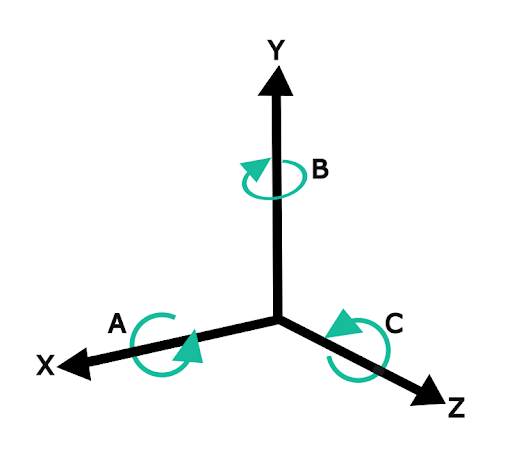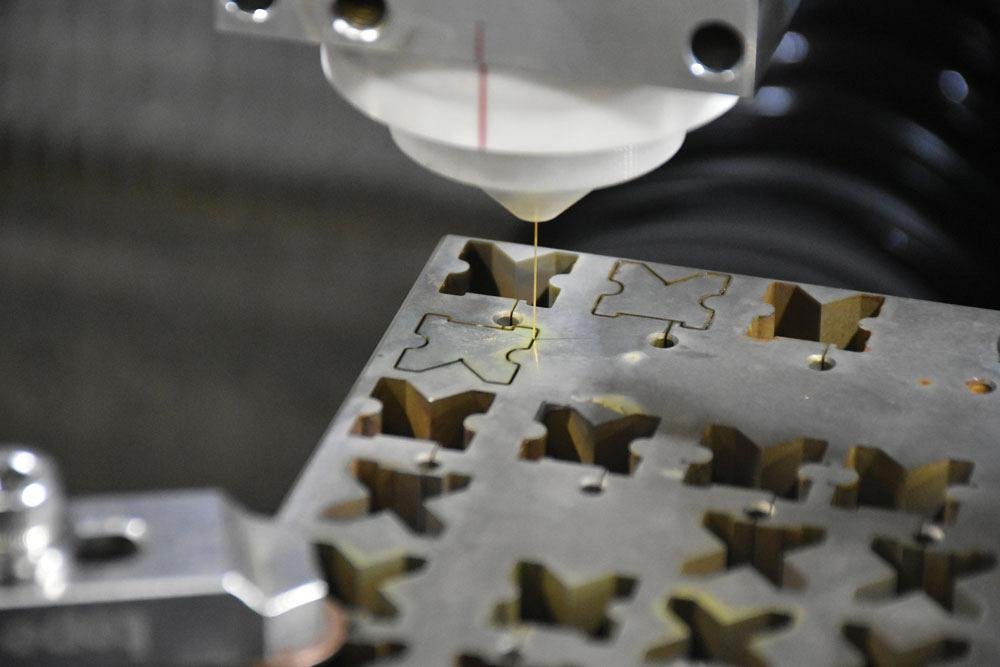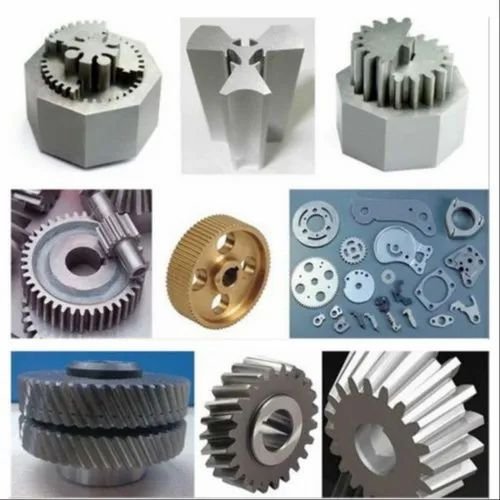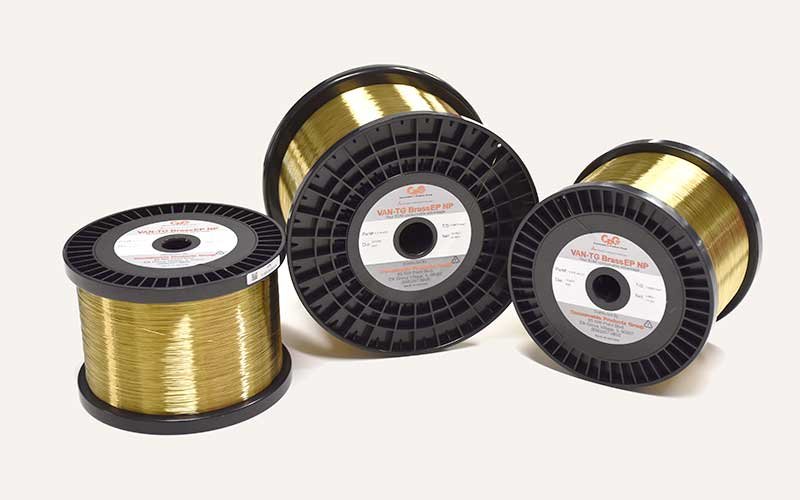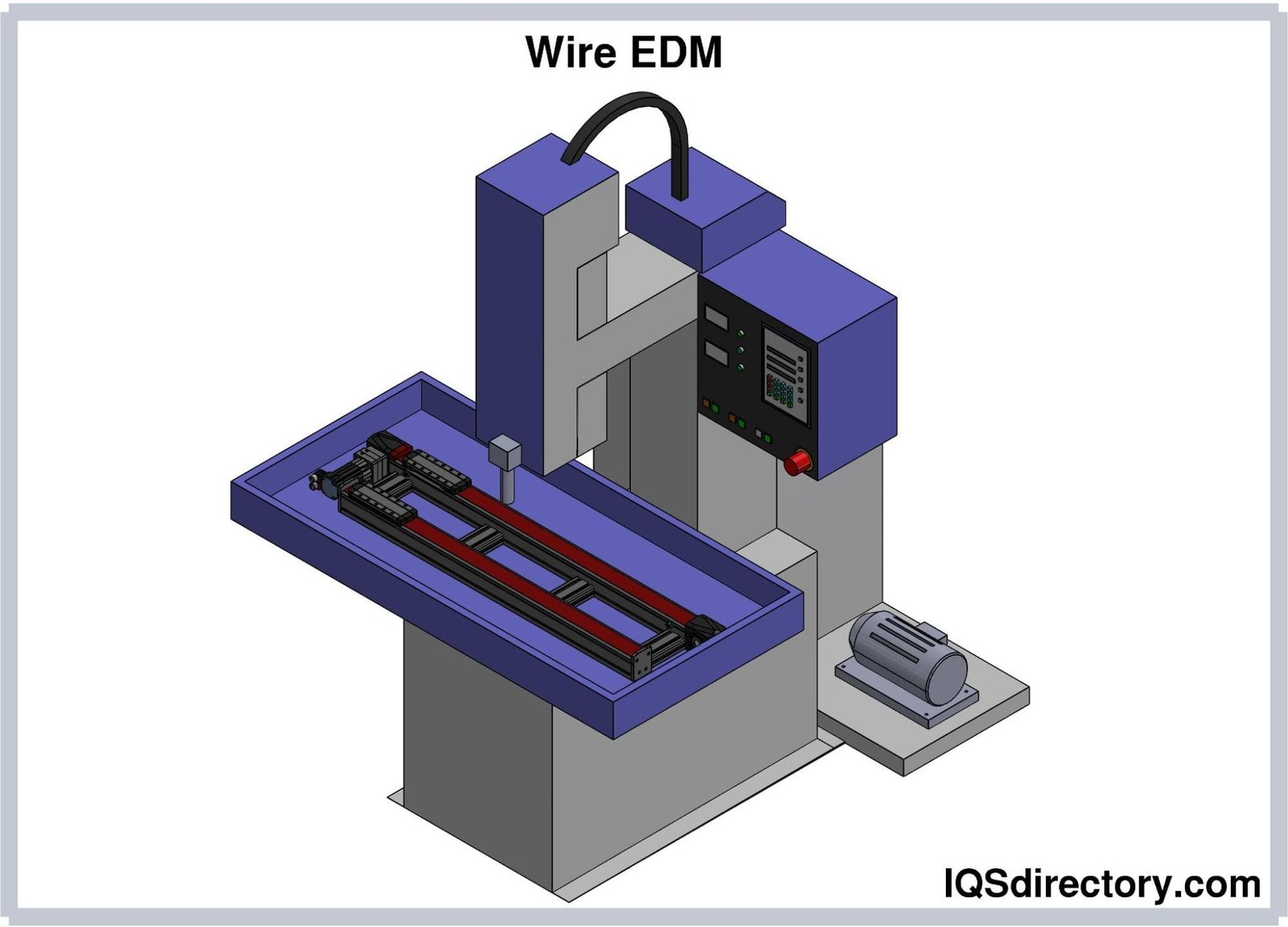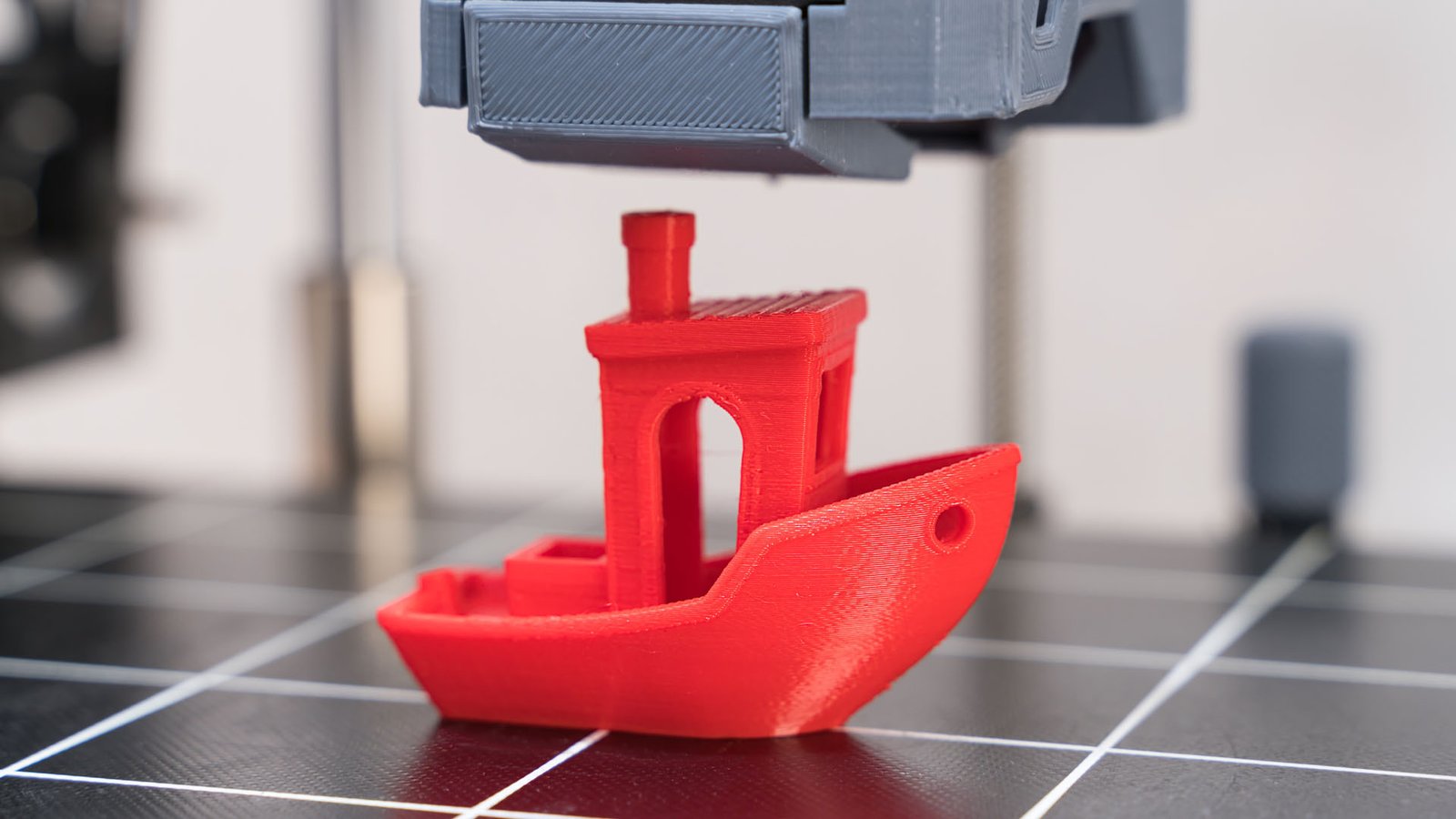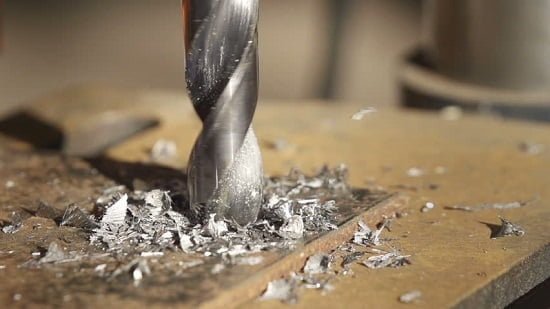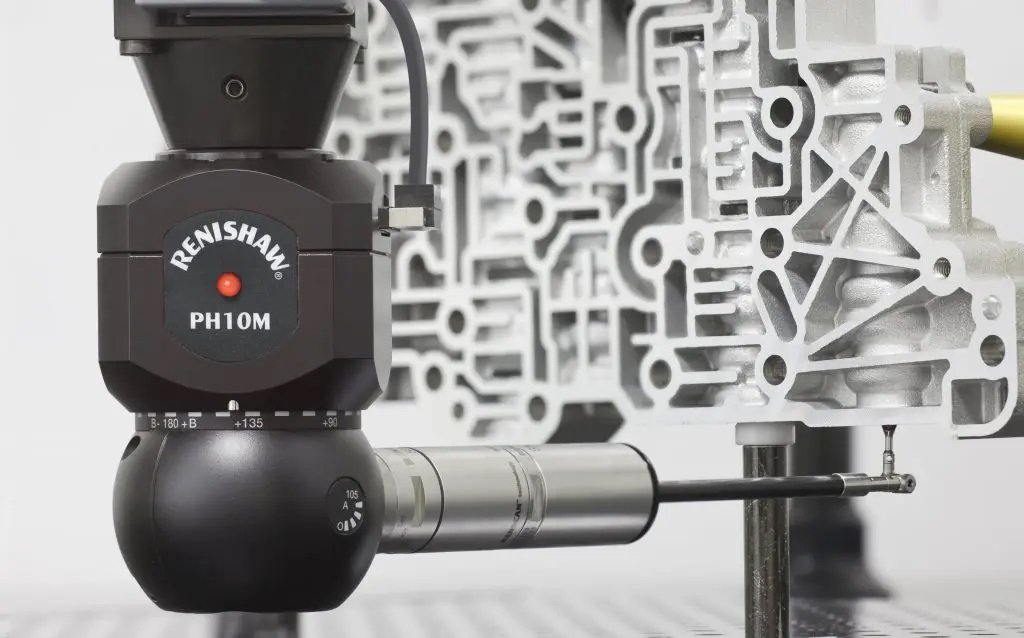What is Sand Blasting?
Sandblasting, also known as sanding or abrasive blasting, can be summarized as a process in which sand and other abrasive materials are propelled onto a surface using compressed air for cleaning and preparing the surface. In sandblasting, compressed air serves as the energy source, and the high-pressure flow plays a crucial role in abrading the surface of the piece.
During the sandblasting process, the surface is cleaned by blasting sand onto it with air pressure. For years, this method has been used in shipbuilding and automotive industries to clean various components from rust, dust, grease, and oil. The abrasive sands used in sandblasting typically consist of silica and metal oxides of different sizes.
Today, sandblasting is the most common method of abrasive blasting, especially suitable for soft and sensitive materials that require final preparation. This process offers a more economical system with easier operation and delivers excellent quality to the consumer. It’s widely used for its efficiency in quickly and thoroughly cleaning surfaces, preparing them for further processing or finishing.
The principles of implementing the sandblasting process
The execution of the sandblasting process involves several key principles:
- Air Compressor: The process begins with an air compressor, which is essential for generating compressed air to propel abrasive materials onto the surface of the workpiece. The quality and efficiency of sandblasting are directly related to the air pressure produced by the compressor.
- Optimal Air Pressure: The ideal air pressure for sandblasting operations is around 7 bar or 105 psi. This pressure is conveyed from the compressor through a high-pressure air hose to the sandblasting chamber.
- Sandblasting Pot Sizes: Sandblasting pots come in various sizes, with a common medium size having a capacity of about 300 liters. The size of the pot determines the volume of abrasive material it can hold and, consequently, the duration of the sandblasting process before a refill is needed.
- Pressure and Speed: The compressed air generated by the compressor is directed at high speed toward the sandblasting hose through connections at the bottom of the sandblasting pot. This transfer creates a vacuum at the bottom part of the pot, drawing the abrasive materials into the mix. The mixture of air and sand is then propelled at speeds exceeding 800 kilometers per hour towards the surfaces of the workpiece.
- Abrasive Materials: The abrasive materials used in sandblasting are typically selected based on the nature of the workpiece and the desired outcome. Common materials include silica sand, steel grit, glass beads, and other specialized abrasives.
The sandblasting process is highly effective for cleaning, removing rust, paint, or other coatings, and preparing surfaces for further treatments such as painting or coating. However, it requires careful control of the equipment and parameters to achieve the desired results while ensuring safety and minimizing environmental impact.
Important parameters in sandblasting
Several important parameters must be considered when executing the sandblasting process effectively and safely:
- Experienced Operator: A skilled and professional sandblasting operator is essential for quick and high-quality execution. The operator must understand how to use the sandblasting nozzle and adjust its geometry based on the shape and type of the parts being blasted.
- Surface Condition of the Workpiece: In sandblasting, the ideal distance between the nozzle and the surface should be between 40 to 50 centimeters, with an angle of 70 to 75 degrees for the spray. The harder the impurities on the surface, the closer the nozzle should be to the surface, and the greater the angle should be – potentially even reducing the distance to 20 centimeters and increasing the angle to 90 degrees.
- Safety Precautions: As the abrasive particles are expelled from the nozzle at very high speeds for effective surface abrasion, they can cause significant injury upon contact with human skin. Therefore, sandblasting operators must wear full safety gear, including gloves, goggles, a mouth and nose mask, and specialized sandblasting clothing. In confined spaces like tanks, the operator must be equipped with an oxygen-supplied suit and helmet.
- Correct Selection of Abrasive Materials: The abrasive particles are a critical component in sandblasting. These particles should be free of contaminants like lime and need to be hard and angular. The size of the abrasive particles (like in shot blasting) should be selected based on the surface being treated. The uniform size and shape of sand and gravel used in the process are recommended.
- Compressed Air: The compressed air used should be completely dry, devoid of moisture, and free from any oil. If the air pressure in sandblasting is less than 7 bar, the speed of the process decreases. Conversely, if the pressure is higher than usual, it can damage the metal surface and cause the sand to break down.
These parameters are crucial to ensure not only the efficiency and effectiveness of the sandblasting process but also the safety of the operator and the integrity of the workpiece being treated.
Latest Articles in your inbox
Subscribe to our newsletter to get the newest manufacturing and industrial services articles in your inbox once a week.


